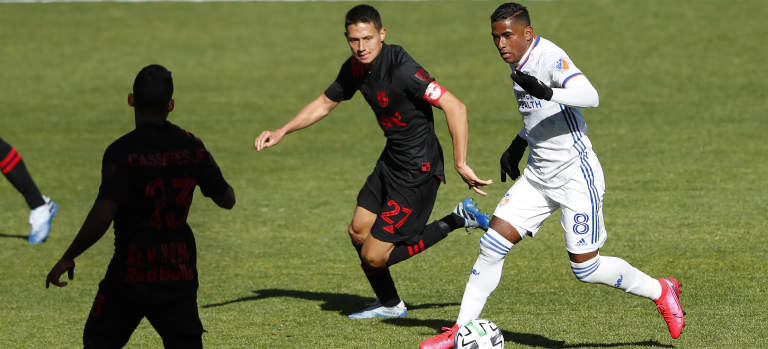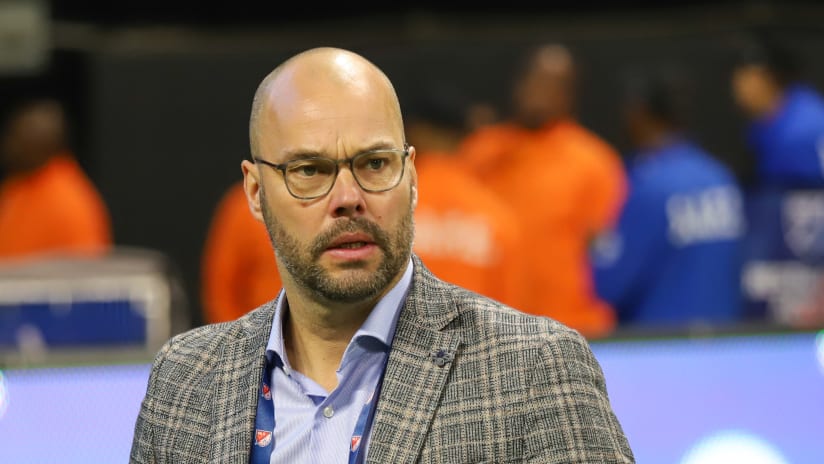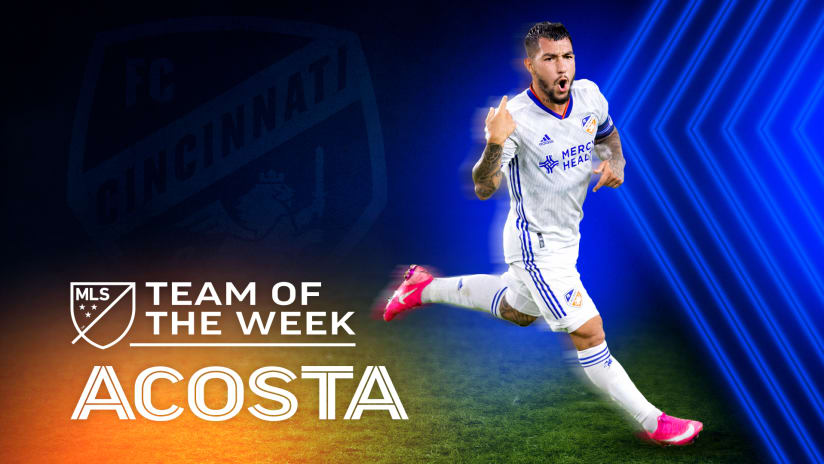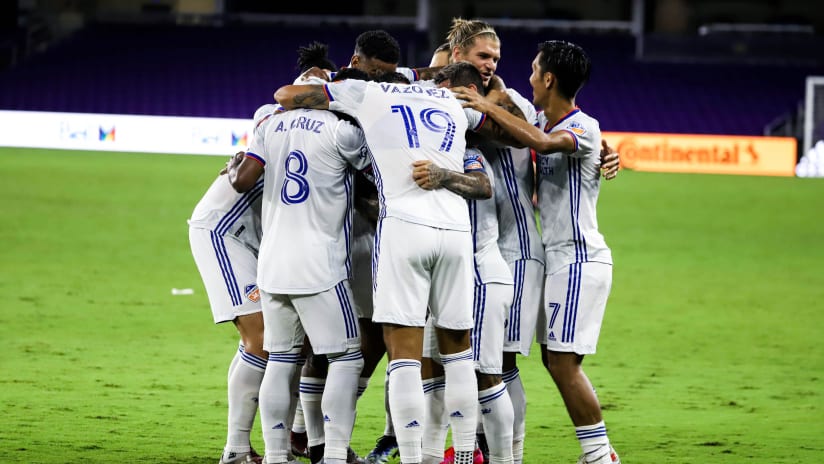Gerard Nijkamp arrived in the Queen City hoping to bring change to FC Cincinnati. In one year, he’s ushered in a Dutch Revolution.
Named three months into FCC’s inaugural MLS season, Nijkamp was tasked to find the club’s next head coach, revamp roster recruitment and help develop the curriculum for the Academy’s official launch three months later.
“I showed in the last seven years that I can build a club to a high level,” Nijkamp said on his first day as GM. “To get stability in the league, winning cups and also implement and develop a youth academy structure, scouting and recruitment system and the value of the first team. That’s a competence of mine.
“That’s the challenge I’m facing in Cincinnati, to build together to take FC Cincinnati to the next level.”
Saturday marks Nijkamp’s first anniversary with the club, and a chance to look at the change he’s brought to the Queen City.
Last week, he hired a new head coach, Jaap Stam, to lead manage a first team roster that’s noticeably different from the one Nijkamp inherited last May.
During his initial press conference, he said he wanted to bring an aggressive, possession-based style to the team. A simple look at the current roster shows that’s beginning to take shape.
Two new forwards – Jürgen Locadia and Brandon Vazquez – were signed to replace the existing strikers, including one Designated Player who scored a single MLS goal last season.
After adding Joseph-Claude Gyau minutes before the MLS secondary transfer window closed last August, Yuya Kubo and Adrien Regattin were signed this offseason.

Allan Cruz, FCC’s attacking midfielder, earned a contract extension and now faces a position battle with Siem de Jong when play resumes. Haris Medunjanin was added to the base of the midfield.
These aren’t subtle changes. Instead, they’re designed to create massive differences in the execution of the team’s playing style to lead to more points.
Even the changes to the backline – first Maikel van der Werff last July, then Tom Pettersson in December – show the club’s determination to build from the backline with ball-playing defenders.
But Nijkamp’s influence stretches beyond the first team.
The FCC Academy that once started with two youth teams will have five this fall, including the Pre-Academy. The team had no youth sides in place when Nijkamp started. Now, there’s a clear pathway to develop local players into MLS Homegrowns.
If the GM wants to lead Cincinnati to a higher level, he’s certainly put the pieces in place to make it happen.
This time last season, FCC needed a vision for its playing style moving forward. Going beyond getting results, the Orange and Blue wanted to create an identity that supporters can embrace in the present and future.
We’re beginning to see that.
If the pseudo “Dutch Revolution” will lead us to Total Football, and an attractive playing style, then Nijkamp has made aggressive moves to see his vision turn to fruition. It’s a challenge, but he acknowledged that upon arrival.
A year isn’t enough time to judge a GM’s work. Generally, it takes multiple transfer windows – maybe two years (or four windows) to overhaul a roster. If that’s the case, there’s already been significant progress.
What can continue for Nijkamp and FC Cincinnati in year two?




